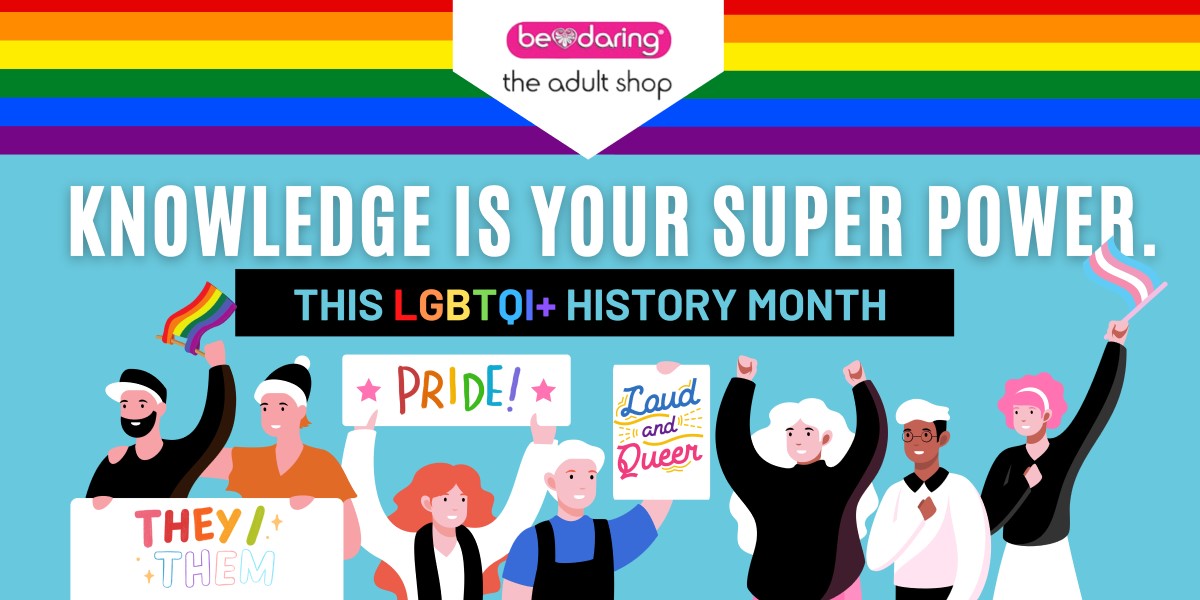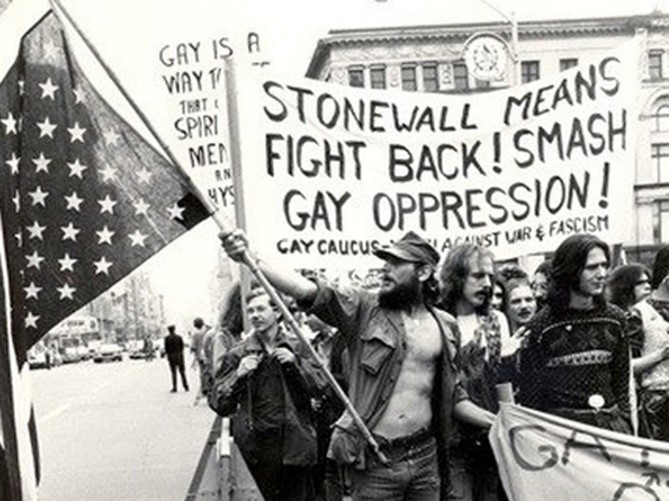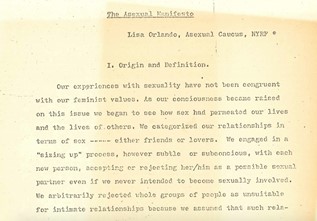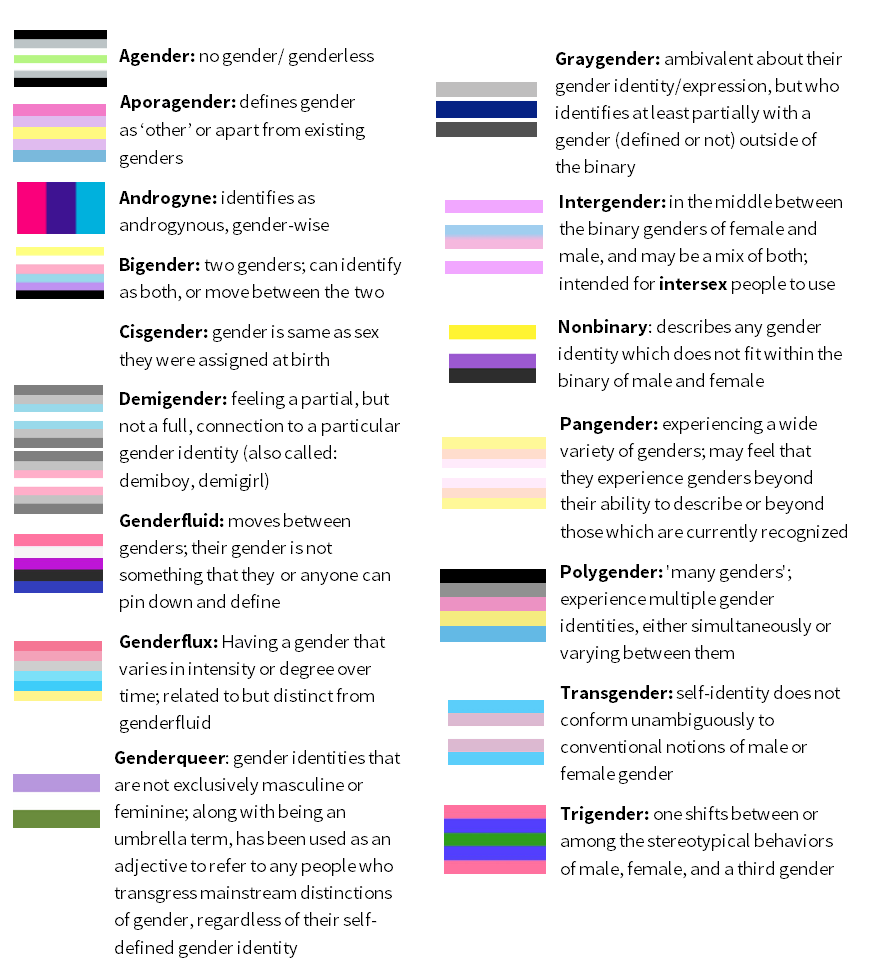LGBTQIA+ History Month At a Glance

Have you ever heard of LGBTQIA+ History Month? No? Well, it’s a thing!
Founded in 1994 by Rodney Wilson, a high-school history teacher from Missouri, LGBTQIA+ History Month begins October 1st and lasts until October 31st. The month is dedicated to exploring and learning about the history and civil rights movement of the LGBTQIA+ community. Not only is it an important month for many within the community, but it is also important to many others who have loved ones within the community and even those who don’t and just wish to be a good ally.
One question you may be asking yourself is “Well, why do we need an LGBTQIA+ history month?” Which is a totally valid question! But the answer is pretty simple, actually. The more we learn about the community and its history, the more diverse and understanding we grow as a population. Through learning the rich history of the LGBTQIA+ community we can gain a wealth of knowledge, understanding and respect for those who came before us and fought for our rights.
So, without further ado, here is just a taste of the topics one could explore during the as LGBTQIA+ History Month!
Let’s start off simple.
Where Does The Word ‘Gay’ ACTUALLY Come From?
Most would know that the word gay is defined as happy. But that isn’t all. The word dates all the way back to the 12th century and originally meant joyful, carefree, bright, and showy. In the 14th century the meaning shifted to something closer related to hedonism and indulgence, but still related to happiness. By the 14th century the word ‘gay’ had become kind of like a code to be used underground among other gay people. If you were to tell another gay person that you “had a gay night”, they were likely to know exactly what you meant. But if you said the same thing to a straight person, they would be none the wiser.
So, when did everything shift? Well, that can be attributed to the Stonewall Riots in 1969. The word, which has still mostly been underground, emerged. It became less and less of a code and more of a war cry as people fought for the liberation of the community.

Stonewall Riots, photographed 1969.
And How About... Asexuality?
Here’s another interesting one. Have you ever heard of the Asexual Manifesto?
Asexuality draws a lot of negative attention today, discredited as a real sexual orientation and merely labelled as an ‘internet orientation made up by Tumblr in the 2000s’. But asexuality has been mentioned many times throughout history. But one of the most significant mentions didn’t emerge until the invention of the Kinsey Scale where asexuality is listed as "X", which indicates "no socio-sexual contacts or reactions". Kinsey conducted his study suggests that Asexuals may have been wrongly categorised as Bisexual, as they may have expressed no strong preference, and that female sexuality at the time was severely misunderstood.
First published in 1972 by Lisa Orlando, asexuality was described as
“...if one has sexual feelings they do not require another person for their expression, Asexuality is, simply, self-contained sexuality.”
The manifesto also made some fantastic points about how our society is obsessed with sex and sexuality. Today asexuality has its own spectrum. There are asexual people who are completely sex-repulsed, those who are sex positive. We also have terms like demisexual or greysexual, which mean one must have a deep emotional connection with someone before they are able to form any kind of sexual attraction. It is important to remember that sex does not complete us.

Asexual Manifesto, 1972.
What About Pansexuality, Then? Heard Of That One?
Sigmund Freud believed everything was motivated by sex. And with ‘pan’ being the Greek prefix for ‘all’, it can be understood that when the term pansexual first appeared in a medical journal in 1914 it roughly meant ‘all is sexual’. Moving further into the 40s and 50s, pansexual was mostly used in the underground kink and BDSM scene as a term that meant ‘into everything’.
It wasn’t until the 90s, when people were able to explore sexuality more freely, that we really saw a pansexual movement. At this time, bisexuality was gaining more visibility, however we as a society didn’t quite have a wide view on the concept of multiple genders yet. So bi meant two and pan meant more than just men and women. Today the two sexualities can overlap. Bisexuality means ‘attraction to multiple genders’. While pansexual means ‘attraction to people entirely regardless of their gender’.
But this brings to question the idea of multiple genders. More than just men and women. This is a concept that much of society is still coming to grips with. But it’s true, there are definitely more than just men and women. There’s even more than trans men and trans women. Non-binary is a term that means one does not feel they fit within the gender binary. This can mean a non-binary person may choose to present as completely androgynous, however it is important to remember that presentation does not equal gender. While someone may appear very feminine or masculine, they can still be completely valid in their identity as a non-binary person. This sentiment goes for agender people, gender nonconforming, bigender, genderfluid, genderqueer and many, many more.

An image depicting the currently recognised Gender Identities, their flags, and their meanings.
Final Thoughts
At the end of the day, LGBTQIA+ history is rich and full of so many different stories from so many people from different walks of life. The exploration of such a depth of history is extremely rewarding and eye-opening. So much about sexuality and gender seems to be a modern concept, but when you look further, you’re able to find so many examples of queerness throughout history.
So, let’s celebrate this LGBTQIA+ History Month together!
















